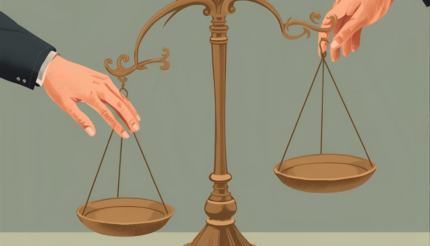Weed Out Bad Clients
The quest for growth and success often leads entrepreneurs and business owners to focus primarily on acquiring new clients. However, amidst the pursuit of expansion, it’s crucial to recognise that not all clients are created equal. In fact, some may even be detrimental to the overall health and prosperity of your business. This is where the strategy of “Weed Out Bad Clients and Catering to the Best” comes into play.
Contrary to popular belief, it can be strategically advantageous to part ways with certain clients, particularly those who prove to be more trouble than they’re worth. By deliberately orchestrating the loss of these clients, business owners can redirect their resources towards nurturing and retaining the most valuable ones. This intentional shedding process allows for a more streamlined operation and enables the business to focus its efforts on serving those clients who contribute the most to its bottom line.
The 80-20 rule
But how does one identify these “best” clients? Enter the renowned “80-20” rule, also known as the Pareto Principle. This principle posits that 80 percent of a company’s business stems from just 20 percent of its clients. These select few form the backbone of the business’s customer base, generating a disproportionate amount of revenue and profitability. Therefore, it’s imperative to treat them with the utmost care and attention, going above and beyond to meet their needs and exceed their expectations.
By investing extra energy in satisfying the needs of these top-tier clients, businesses can cultivate strong, long-lasting relationships that are mutually beneficial. These clients are more likely to remain loyal and even advocate for the business, attracting similarly lucrative customers through word-of-mouth referrals. In essence, by catering to the needs of the best clients, businesses create a virtuous cycle of growth and prosperity.
Moreover, focusing on the needs of the best clients aligns perfectly with the goal of attracting more of the same. Birds of a feather do indeed flock together, and by honing in on the preferences and priorities of these top-tier clients, businesses can tailor their offerings to appeal to a broader audience of similarly desirable customers.
Quality not quantity
In essence, the key to sustained success lies not in the sheer number of clients a business serves, but rather in the quality of those relationships. By strategically weeding out bad clients and prioritising the best, businesses can position themselves for long-term growth and prosperity. It’s a paradigm shift that requires courage and foresight, but one that ultimately pays dividends in the form of a stronger, more resilient business model.
In conclusion, remember that not all clients are created equal, and it’s okay – even beneficial – to weed out bad clients who no longer serve your business’s best interests. By focusing your efforts on nurturing and retaining the best clients, you’ll create a foundation for sustainable growth and success in the long run.





